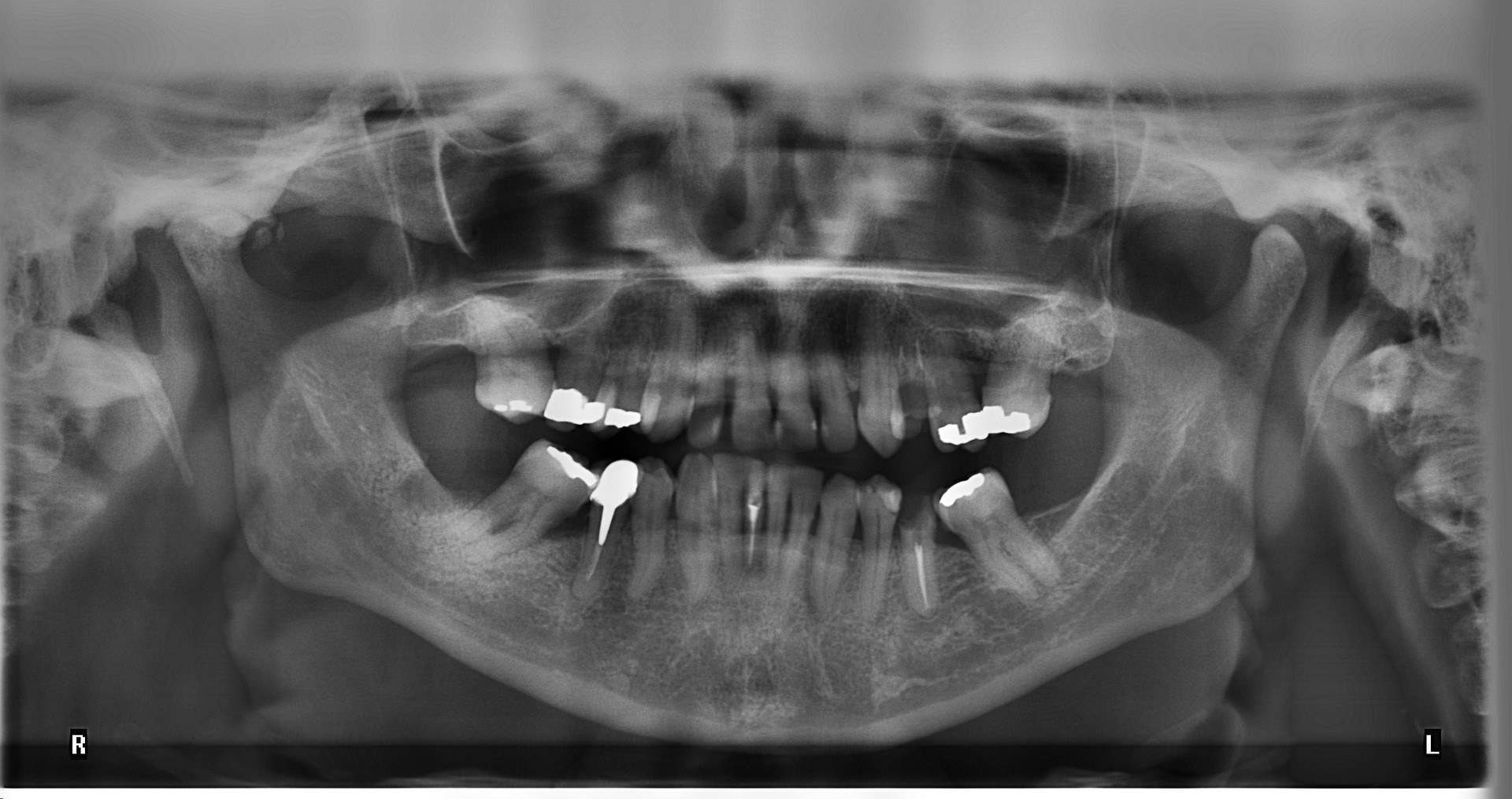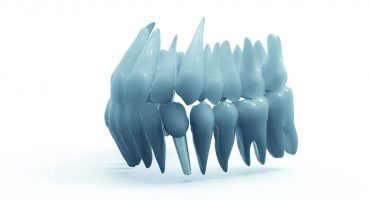If there is a hole in the tooth, the drill must first be used. Subsequently, however, the question arises with which material the hole in the tooth should be filled. In addition to various restoratives, Amalgam - a classic in the field of dental care, is available for selection.
There are numerous studies and reports that have critically examined the possible effects of amalgam on the human body and continue to address it today. Amalgam critics will certainly have taken note of a message: From July 2018, dentists in the European Union will only be allowed to use amalgam fillings in different cases in exceptional cases. This group of people includes:
• children,
• pregnant women,
• breastfeeding mothers.
Finally, in the year 2020, it will be extensively examined whether the use of amalgam fillings can be completely dispensed with from the year 2030 onwards. However, this should not be done on the basis of actually identified health risks, but prophylactically as well as for reasons of environmental protection.



